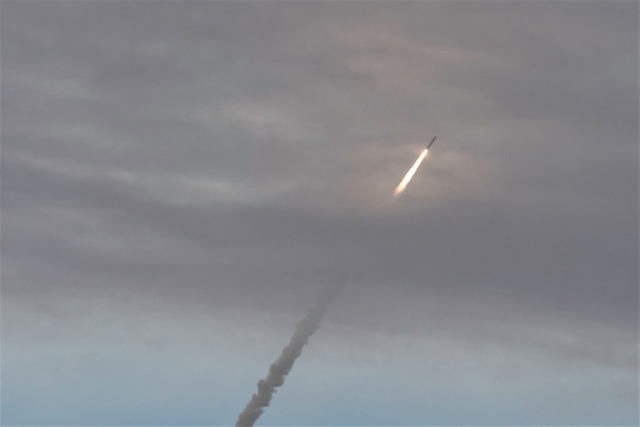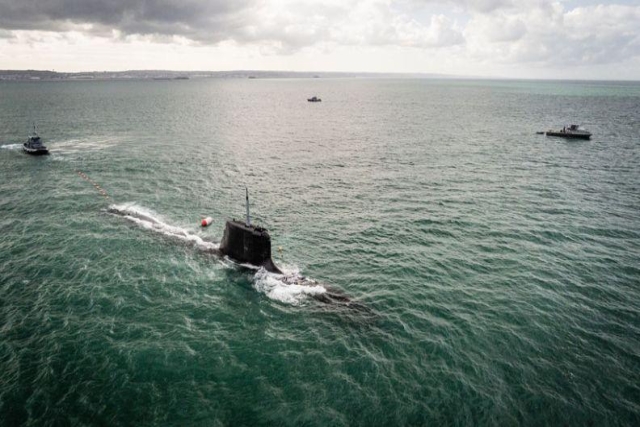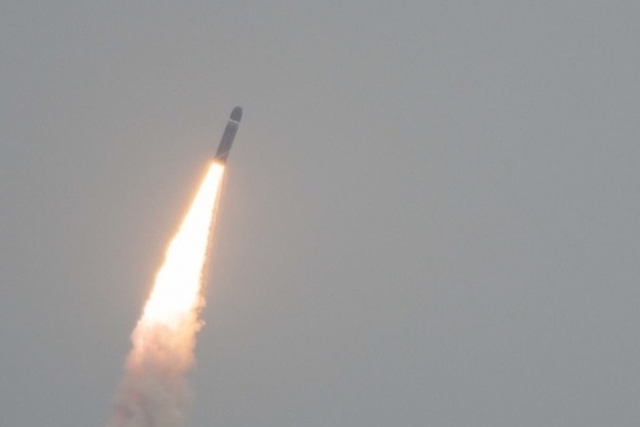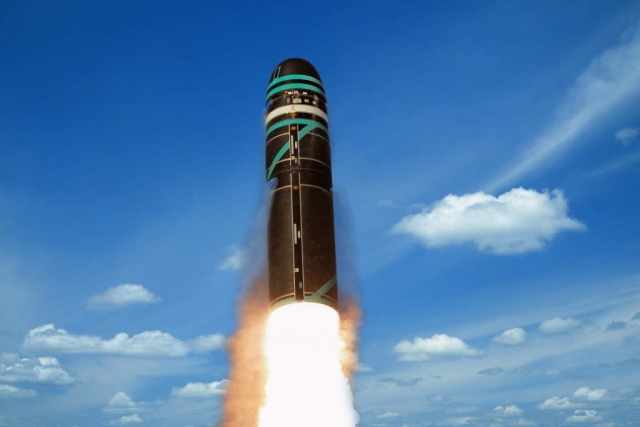France Tests New M51.3 Submarine-Launched Ballistic Missile
M51 achieves speeds of Mach 25 over an operational range of 8,000km

France conducted the inaugural test launch of its new M51.3 submarine-launched ballistic missile (SLBM) on November 18, 2023.
The French military, led by the defense procurement agency (DGA), executed the test from a land-based facility in Southwestern France. Termed a "qualification firing," the test aimed to validate a significant evolution of the missile, ensuring the continued credibility of France's oceanic deterrence in the coming decades.
Monitored closely by the DGA's test resources, the missile's flight occurred over the North Atlantic, far from any coast, and notably, without a nuclear charge, adhering to France's international commitments. The French Ministry of Armed Forces emphasized that the M51.3 SLBM test showcased the excellence of French high technology in this domain.
This milestone marked the first-ever trial of the M51.3 SLBM, recognized for its enhanced range and heightened survivability against ballistic missile defense systems, according to open sources.
As part of the M51 program, the SLBM's trajectory was tracked during its flight phase by radars and the missile range instrumentation ship Monge (A601). Noteworthy previous M51 tests occurred in April 2023, April 2021, and June 2020.
The M51 SLBM, introduced in 2010 to replace the M45, is an intercontinental missile carrying six to ten independently targetable TN 75 thermonuclear warheads. Since 2015, these warheads have been replaced with maneuverable Tête nucléaire océanique (TNO) warheads, enhancing their ability to evade ballistic defenses. The TNO boasts an estimated yield of 150 kilotons of TNT with a circular error probability (CEP) of 150 meters.
The M51's three-stage engine, recognized for its excellence, served as the basis for developing the solid propellant boosters of the European Ariane 5 space rocket. Weighing 52,000 kg, measuring 12.0 meters in length, and with a diameter of 2.3 meters, the M51 has an operational range of 8,000 to 10,000 km and reaches speeds of Mach 25.













